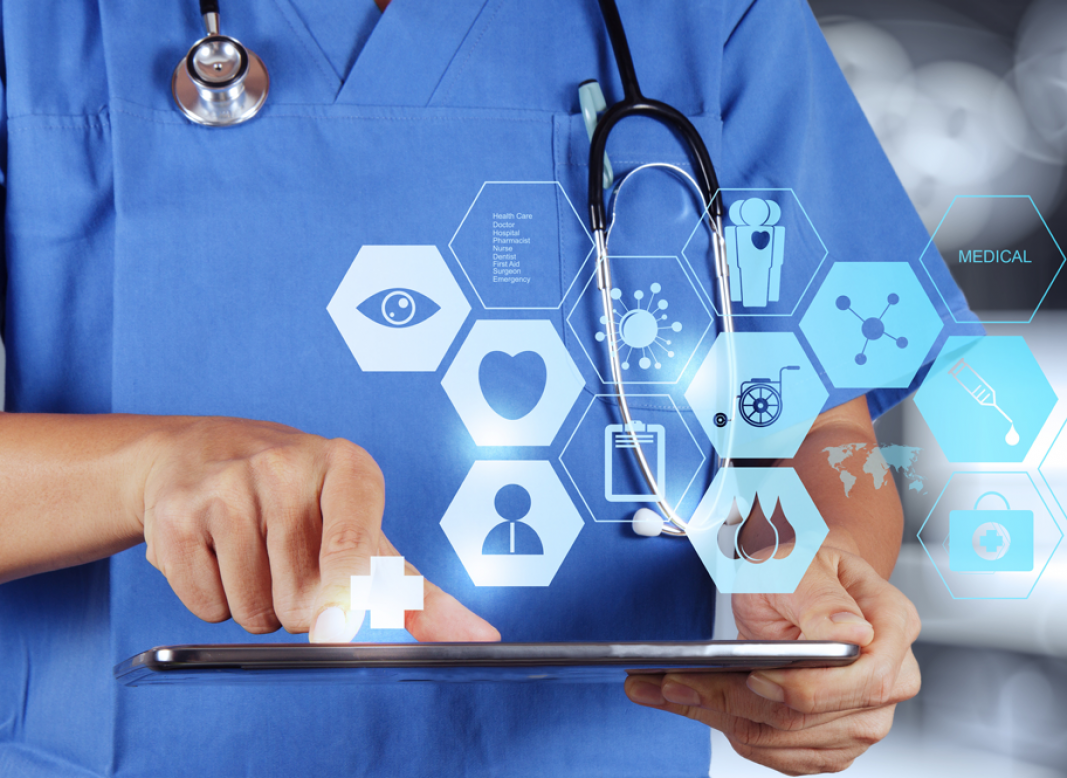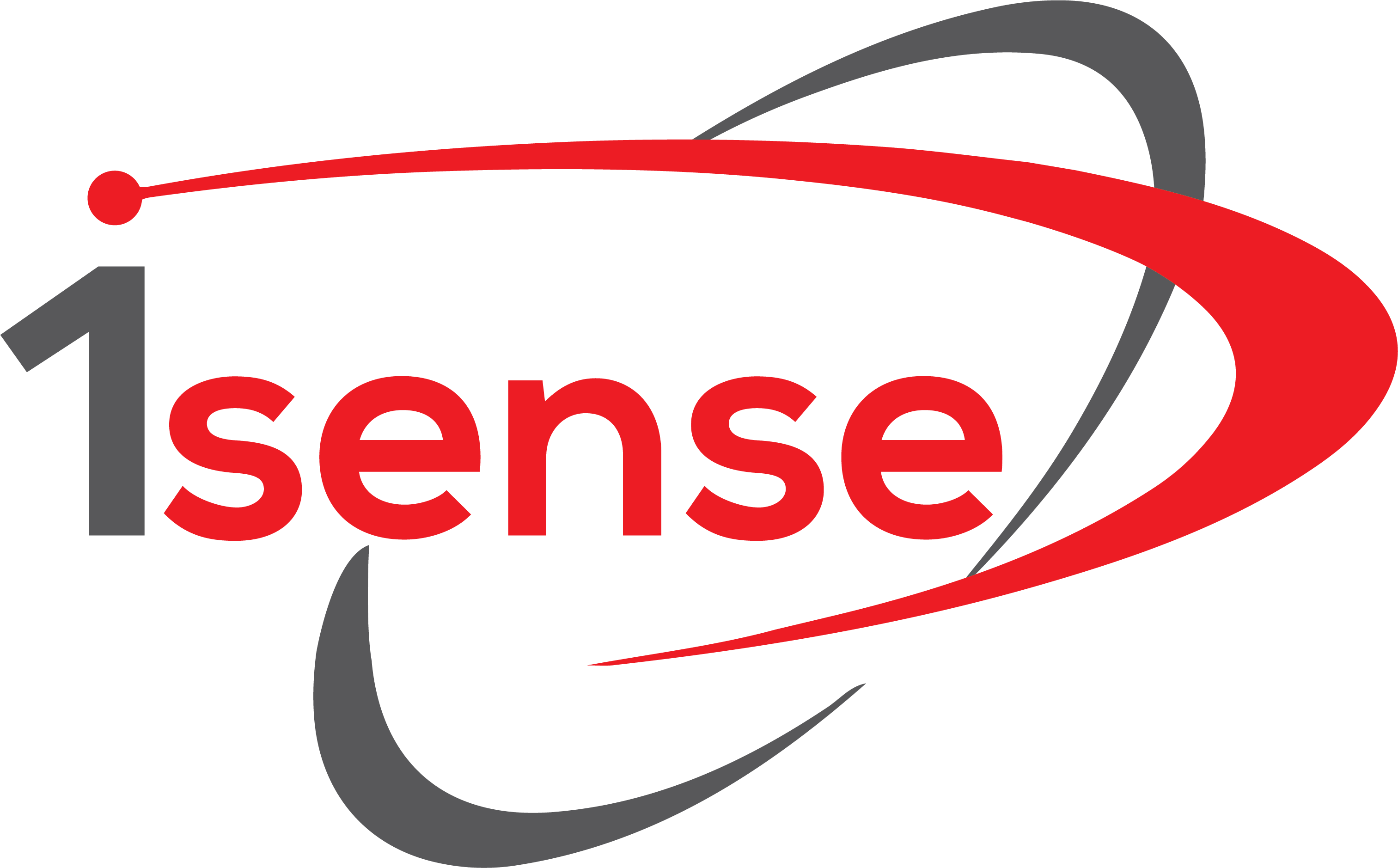WHAT IS RTLS FOR healthcare
Health care is constantly addressing issues relating to the safety of their premises, the satisfaction of their staff, the quality of care provided to their patients and the costly inefficiencies of the workflow that affect their outcome. Often, IT innovation for healthcare is referred to as a potential improvement vector. Innovators work continuously to create technology that can promote patient safety and support streamlined business functions. What is one of the newest and most effective ways of tackling these challenges? Integration of real-time positioning systems (RTLS) into hospital procedures.
In healthcare, a Real-Time Location System (RTLS) is a system used to provide immediate or real-time tracking and management of medical equipment, staff and patients within all types of patient care environments and it can be thought of as a type of “indoor GPS” for hospitals. However, more so than just locating assets, accurate locating technology that easily integrates with other Healthcare IT solutions enables facilities to improve workflow, reduce costs and increase clinical quality. RTLS solutions comprise various tags and badges, technology platforms (Wi-Fi, Infrared, Bluetooth Low Energy, Low Frequency, ultrasound, and others), hardware infrastructure (readers & exciters) and other components (servers, middleware & end-user software).
RTLS solutions typically include location sensors that are attached to various assets, a patient, a staff member, or a piece of equipment. Utilizing a unique ID, the system can locate the tags and give you real-time information about its positioning within the facility. Estimation-based RTLS solutions can enable tracking in a hospital’s unit or floor, whereas other Locating systems are able to achieve room, bed, and even shelf-level tracking for true workflow automation.
addressing healthcare’s needs
Like any other large organization, hospitals face business issues too. The automated monitoring and data gathering for the reporting and analysis of a facility’s processes allows healthcare executives and senior management to react quickly as well as to prevent obstacles related to elements such as: Reimbursements, Patient care, Asset tracking, Infection control, Compliance reporting, Increasing costs, Readmission rates, Nurse rounding, Data collection, Patient throughput, Equipment shrinkage, Capital expenditures and Staff safety & shortages

RTLS Applications for Hospitals
INVENTORY TRACKING/ AUTHENTICATION
Hospitals handle many medicinal products that must be counted and stored to always have stock available for their patients. Until now, inventory tracking systems have consisted mainly of manual measurements that take a long time to complete. RTLS reduces counting time, allowing more frequent counting of pharmaceuticals, ensuring accurate data and correct types and quantities of medicines. Some hospitals also use tags for identification purposes. Counterfeiting increases due to the high costs often associated with prescription and life-saving drugs. Therefore, using tags for authentication or anti-counterfeiting seems the easiest solution. The tag is placed on or inside a bottle or box of medicine and encrypts specific information so that hospitals and pharmacies can verify that the drugs they sell are genuine. If necessary, waterproof tags can be used to ensure quality.
PEOPLE TRACKING
RTLS wearable tags are used by patients and staff in hospitals for many different reasons such as controlling the patient flow, stuff productivity, facilities efficiency, safety, and environmental monitoring. Patients can be transported faster and more efficiently as the RTLS system, through signals, identify how long they have been in certain areas and report this data to the operators. RTLS is also used to monitor newborn babies. Research shows that babies have been stolen from healthcare facilities around the world. Babies are not just stolen from random places in the hospital, but from trusted areas such as the mother’s room, the nursery, and the pediatric ward. To reduce the risk of abduction, hospitals place RTLS tags on the baby’s feet to monitor each child. If a child moves too close to an exit door, an alarm will sound, and the door will lock. In addition, if a tag is removed by a child, a different alarm is immediately sounded indicating the child’s location. Patients also expect on-time, uninterrupted visits with their providers. But hospitals can be chaotic. RTLS solution improves patient flow and enhances care team communication. Through automatic real-time data collection, providers can see where their patients are and how long they have been there. Care teams can easily see and remove bottlenecks. Patients wait less, staff communicate more effectively, and overall care is improved.
EQUIPMENT LOCATING
The ability to quickly locate equipment improves efficiency whether it is a surgical tool or the laundry (e.g. Towels, blankets, and sheets are just few examples of linens and textiles that reside in almost every hospital room. Each of these items must be washed and disinfected for use before the next patient is admitted. An efficient way to keep track of these items, as well as ensure that they are sterile, is by using a system with RFID laundry tags.) Using location-based information, the location of your equipment in real time is accessible from a desktop computer, tablet, or smartphone. Information may be available at the nursing home, patient rooms or even on the go. Hospital staff can quickly locate a complete list of equipment – by category or condition (in use, soiled or clean), know the real-time location of each equipment for more efficient stock management or recall. Determine the exact location of equipment when needed for care or maintenance – and make sure items are not in locations they should not be. Finally, it can find the top points for the equipment and what their condition is.
SECURITY
Hospital security is needed to restrict access to certain rooms or areas, and to prevent people from wandering around the hospital or clinic premises. With RTLS, the staff must be logged to be recognized by the readers and thus gain access. This not only prevents unauthorized access to restricted areas, but provides patients, medicines, pharmaceuticals, and equipment with a level of security that prevents theft or damage.
